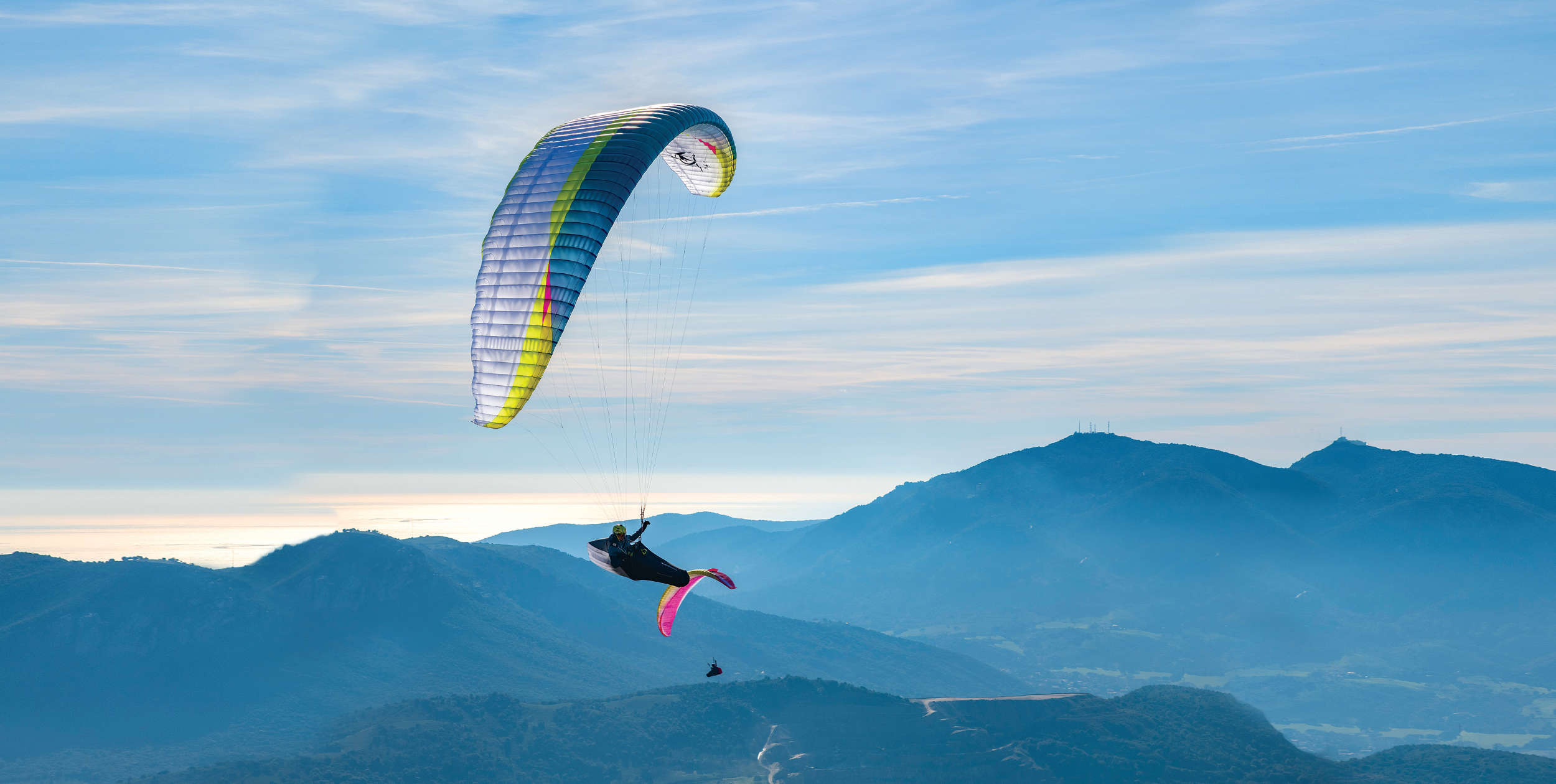When it comes time to buy a new glider, or any equipment, be honest with yourself, listen to those feelings, hear what they are saying and you’ll be on your way to making the right choice for you and your situation – and that’s the only thing that matters.
Depending on where you are in your flying career you will either be experienced enough to know exactly what you want and why, or be looking at a blizzard of incomprehensible terms and choices. Ed Ewing has some tips on how to navigate buying equipment for those newer pilots.
Ask other people: your instructor, coach or clubmates are often a good first port of call. Your instructor/school will most likely be a dealer for several brands, so will offer you these first. There’s nothing wrong with this, but it’s good to know that “other gliders are available”. Your more experienced clubmates will know how you fly and will be able to help steer you in the right direction.
Learn the language: like buying anything, paragliding and...


